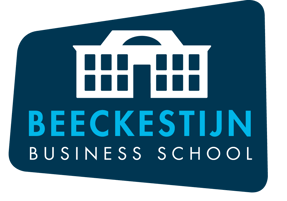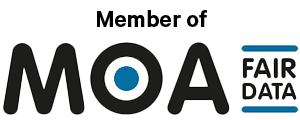We work together with





In learning 8, you have learned the importance of having your brand on the top of consumers' mind - specifically, your brand needs to be thought of more often than competing brands. This can be accomplished by showing the brand frequently; but there is a better way - utilizing mental reminders. Continue reading to learn more.